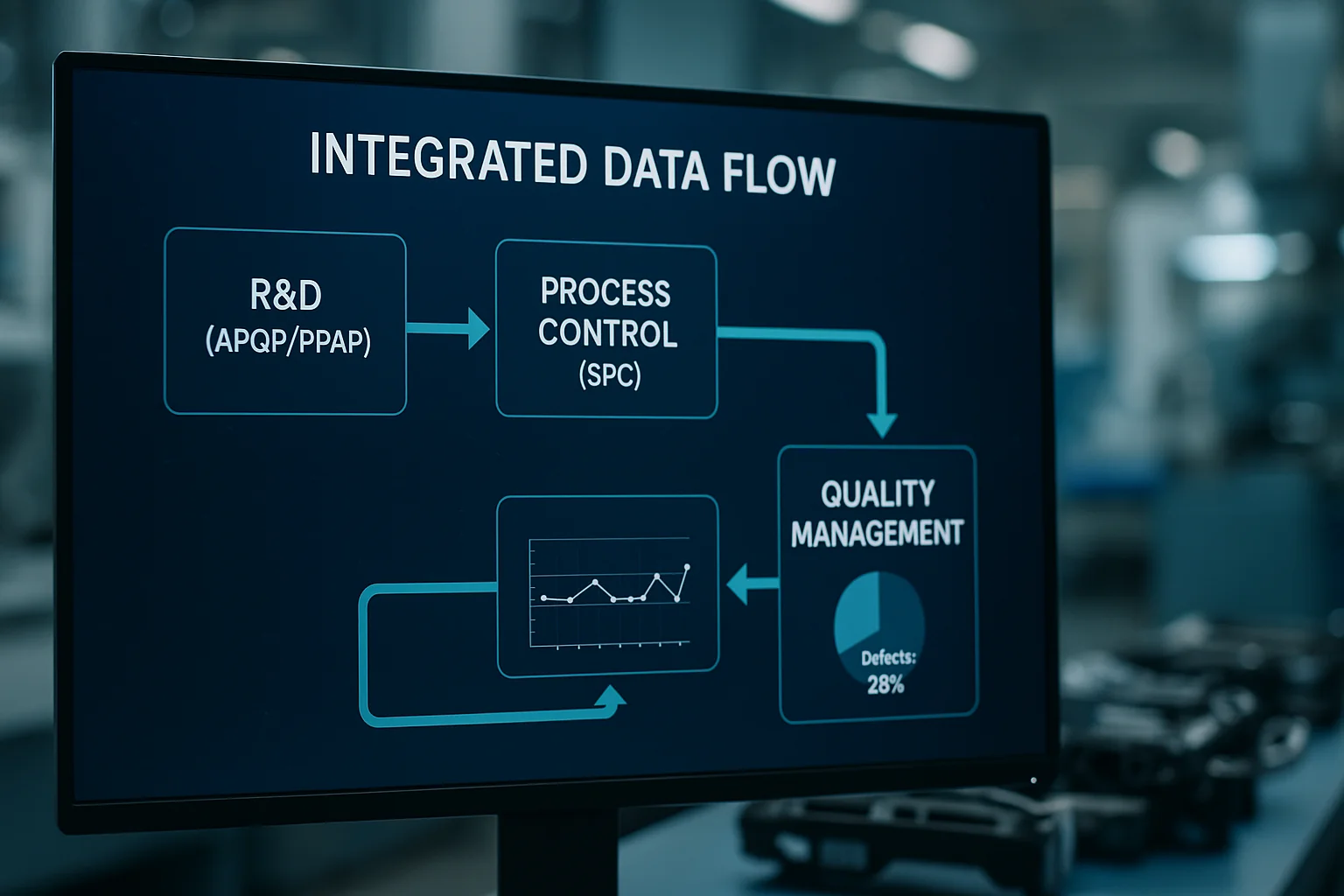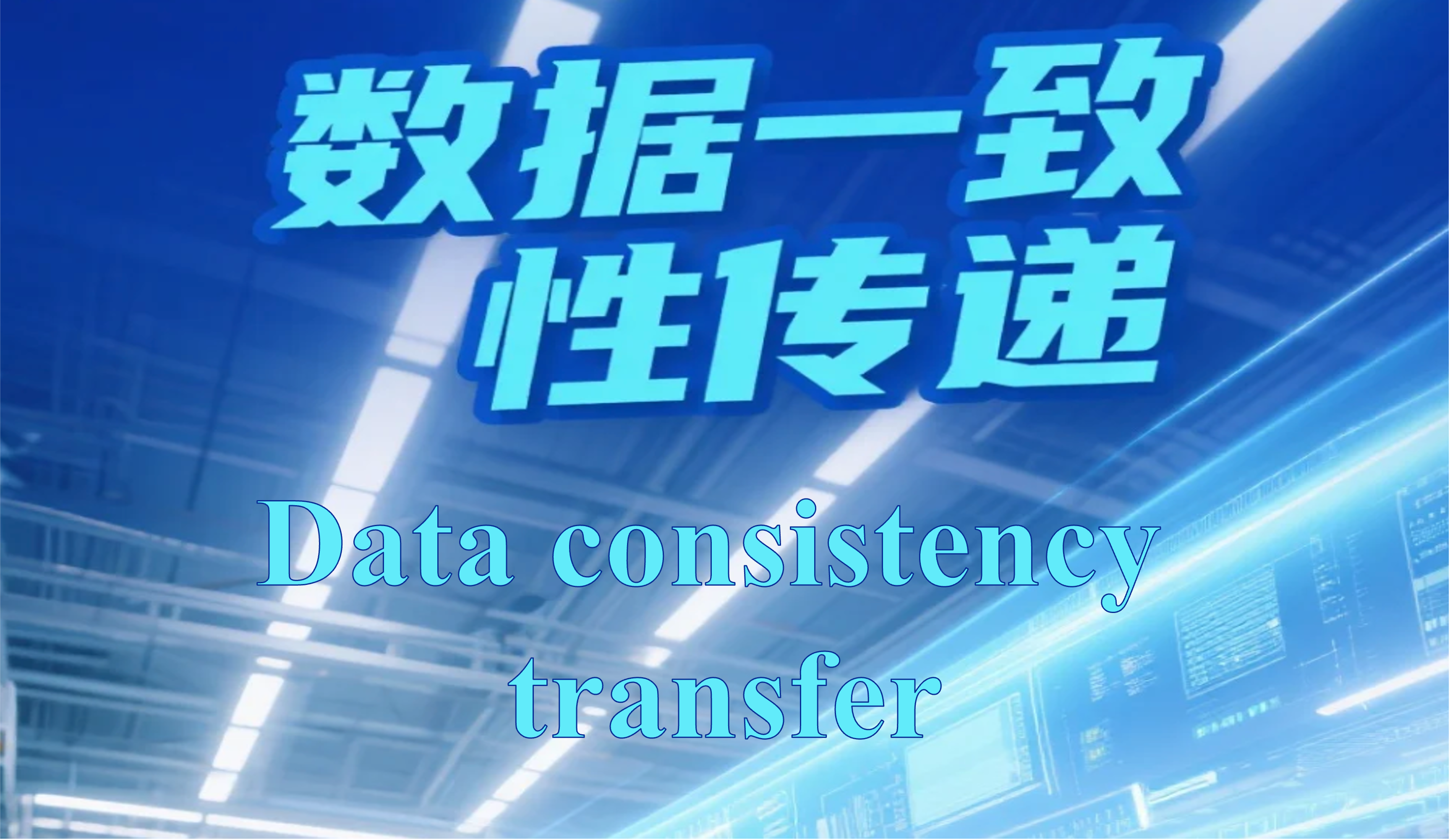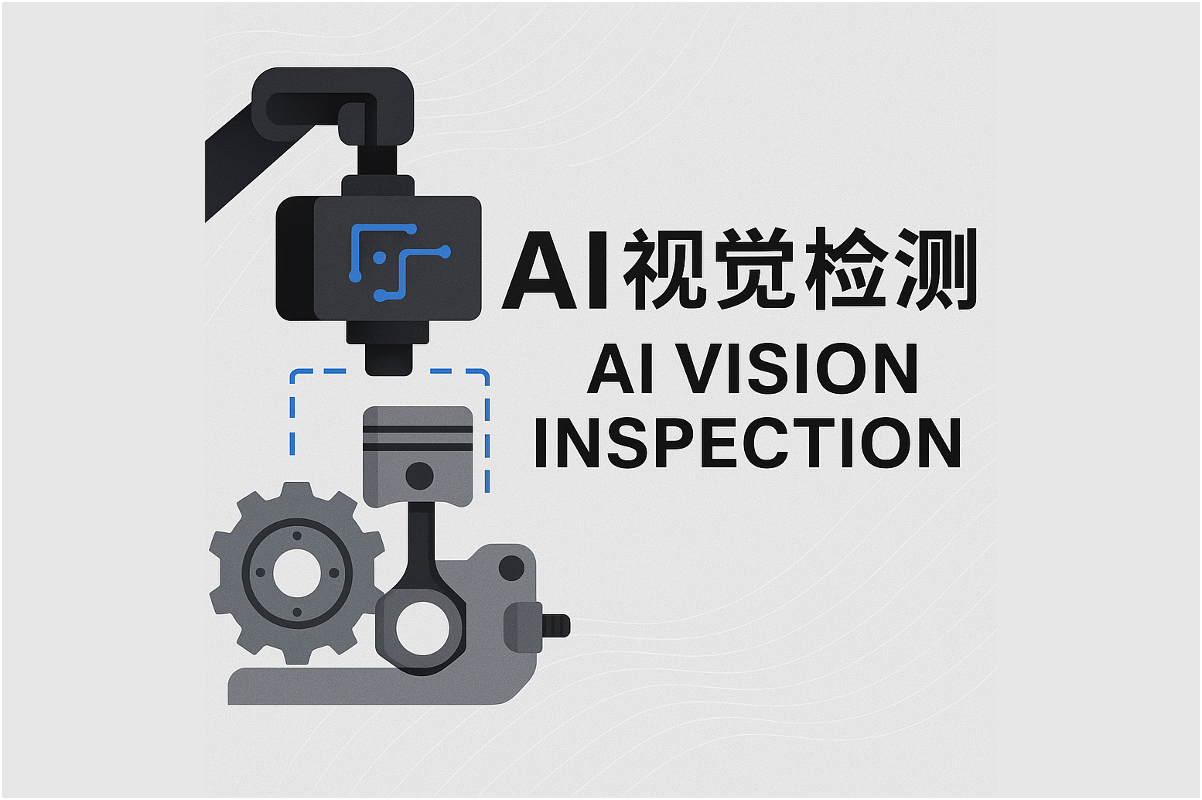In the context of the accelerated transformation of global manufacturing, digitalization has become a key engine for improving efficiency, optimizing management, and enhancing core competitiveness. When introducing tools such as Manufacturing Operations Management (MOM), Manufacturing Execution Systems (MES), Quality Management Systems (QMS), and Digital Lean Production Systems (Digital LPS), companies often face a wide array of options. However, a common misconception is the excessive focus on comparing feature lists, neglecting the deeper factors that determine the success of a system. LinkedData believes that a successful digital system selection must go beyond simple feature lists and focus on the following strategic key points.
1. Strategic Alignment: Does the system support advanced and adaptable management philosophies?
Modern manufacturing aims for end-to-end efficiency and quality. Therefore, when evaluating a system, the first thing to look at is whether its embedded management logic aligns with the company’s strategic goals, operational model, and future development direction.
Systemic and Integrative Thinking
Leading manufacturing companies are no longer satisfied with “siloed” systems that solve only partial problems. They seek integrated solutions that can connect the entire value chain, from customer demand, research and design, production to after-sales service. LinkedData believes that the system’s ability to support an “SQCD” management loop, emphasizing seamless data flow and feedback at different stages (e.g., APQP, PPAP, process control, non-conformance management, and continuous improvement), is crucial. Does it embed lean manufacturing, value stream analysis, and cross-functional collaboration (e.g., quality, production, engineering, procurement)? This determines whether the system can become the “digital foundation” for enterprise management upgrades.

Forward-Looking and Adaptive
Market environments and manufacturing technologies are changing rapidly. The system selected should not only address current issues but also be flexible and scalable, capable of adapting to future process changes, management adjustments, and integration with other company systems (e.g., ERP, PLM). LinkedData believes that whether the system’s embedded management philosophy is forward-looking and can guide the company toward more efficient and intelligent operational models is key to success.
2. Industry Expertise and Practical DNA: Does the system come from real manufacturing scenarios?
Manufacturing, especially in the automotive industry, has high complexity and industry-specific challenges. LinkedData believes that the selected system must deeply understand these nuances.
“Manufacturing Experts” vs. “Software Developers”
Many general-purpose software systems, or systems developed by IT-only teams, may lack a deep understanding of the actual processes, pain points, and operational habits of the manufacturing floor. In contrast, a system developed by a team with strong industry experience (e.g., quality engineers, process planners, factory operations) will often have a more practical design, closely aligned with real-world operations. LinkedData believes that this “practical DNA” is key to ensuring the system can be implemented smoothly and effectively solve problems.
Understanding Industry “Language” and Challenges
Is the vendor familiar with industry standards (e.g., IATF 16949, AS9100, ISO 13485)? Do they understand the practical applications of quality tools such as SPC, MSA, and FMEA? Can they provide effective solutions for specific industry pain points (e.g., supply chain quality collaboration, complex product traceability, and strict compliance requirements)? LinkedData believes that choosing a vendor who understands the industry will significantly improve communication efficiency and the effectiveness of the solutions.
3. User Experience and Feasibility: Is the system an empowering tool or an additional burden?
Any advanced system will lose its value if frontline employees are unwilling or unable to use it effectively. Therefore, user experience and feasibility are essential when selecting a system.

Usability and Process Integration
Is the system interface intuitive and user-friendly? Is the operation simple? Can it seamlessly integrate with employees’ existing workflows and habits (e.g., team meetings, production line inspections, data dashboards)? The ideal system should act as a helpful assistant, reducing the burden on employees through convenient data collection methods (e.g., scanning, mobile apps, direct device connections, image recognition) instead of adding extra work. LinkedData believes that the system’s ease of use directly impacts its adoption and success in the company.
Avoiding “Vanity Projects”
Be cautious of systems that seem powerful on the surface but may lead to employees doing data “empty management” just to “appease the system.” The system design should focus on effectiveness, ensuring data authenticity and timeliness, and using layered confirmation and approval mechanisms to ensure data serves decision-making and improvement, rather than just “for the boss to see.”
4. Precision Innovation: Does the technology address core pain points?
Technologies such as AI, big data, and the Internet of Things (IoT) bring limitless possibilities to manufacturing, but the value of technology lies in its application. LinkedData believes that, when selecting a system, it is important to assess whether its innovative features precisely address the key bottlenecks faced by the company.
Solving “Real Problems” Rather Than “Showcasing Features”
For example, in manufacturing companies with vast quantities of engineering drawings and technical specifications, manually identifying key characteristics (KPC/KC), developing inspection plans, and generating bubble charts is labor-intensive and prone to errors. If the system can leverage AI to automatically parse drawings and generate inspection plans, it would be a groundbreaking efficiency improvement, far more valuable than adding irrelevant “cool” features. LinkedData believes that when evaluating technological innovations, companies should ask: “Does it solve our most pressing problem?”

Technology Maturity and Practicality
For emerging technologies, companies should assess not only their potential but also their maturity, stability, and performance in real production environments. Choosing solutions that are verified, stable, and proven to deliver tangible benefits is the wisest choice.
5. Value Orientation and ROI: Can the system deliver measurable business returns?
Ultimately, digitalization is a business decision, and its value must be considered from an operational perspective. LinkedData believes that a system provider must clearly present its value proposition and ROI (Return on Investment) analysis capabilities as a measure of their professionalism.
Viewing Digitalization as an Investment, Not a Cost
A great vendor will proactively link system functionalities to key performance indicators (KPIs) and clearly explain how their solution helps the company reduce costs (e.g., waste, rework, downtime, quality compensation), improve efficiency (e.g., higher OEE, shorter delivery cycles), enhance compliance, and improve customer satisfaction. LinkedData believes that they should be able to provide data-based ROI models and estimation methods.
Focusing on Long-Term Value and Partnerships
Digital transformation is an ongoing process. LinkedData believes that companies should choose a partner who not only provides MOM, MES, QMS, Digital LPS software, but also offers consulting, implementation, training, and continuous optimization services. Can they work with the company to define success standards and focus on achieving measurable business outcomes?
In the digitalization journey of manufacturing companies, selecting the right system is like choosing the right navigational beacon. LinkedData believes that decision-makers need strategic vision and should look beyond functional features, deeply assessing the system’s management philosophy, industry expertise, user-friendliness, innovation applicability, and business value. Only by doing so can companies find the digital tools that truly drive high-quality development and stand out in the competitive market, achieving the leap from “manufacturing” to “smart manufacturing.”
Start Now! Improve Order Delivery Efficiency Immediately!
Contact us and explore order delivery efficiency improvement with LinkedData digital transformation experts.
Request a Demo
 0510-8521 1230
0510-8521 1230



